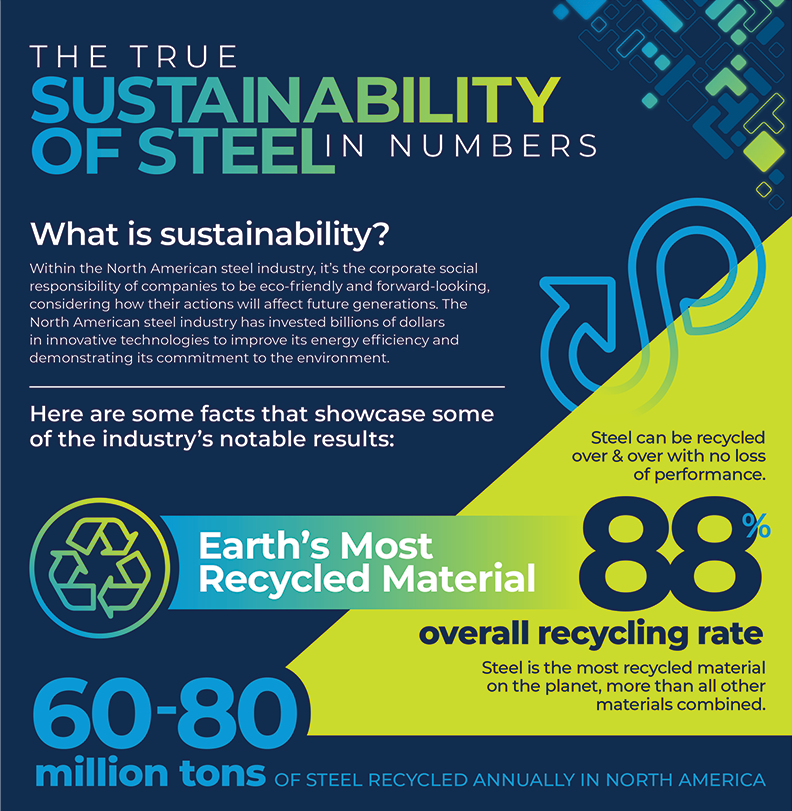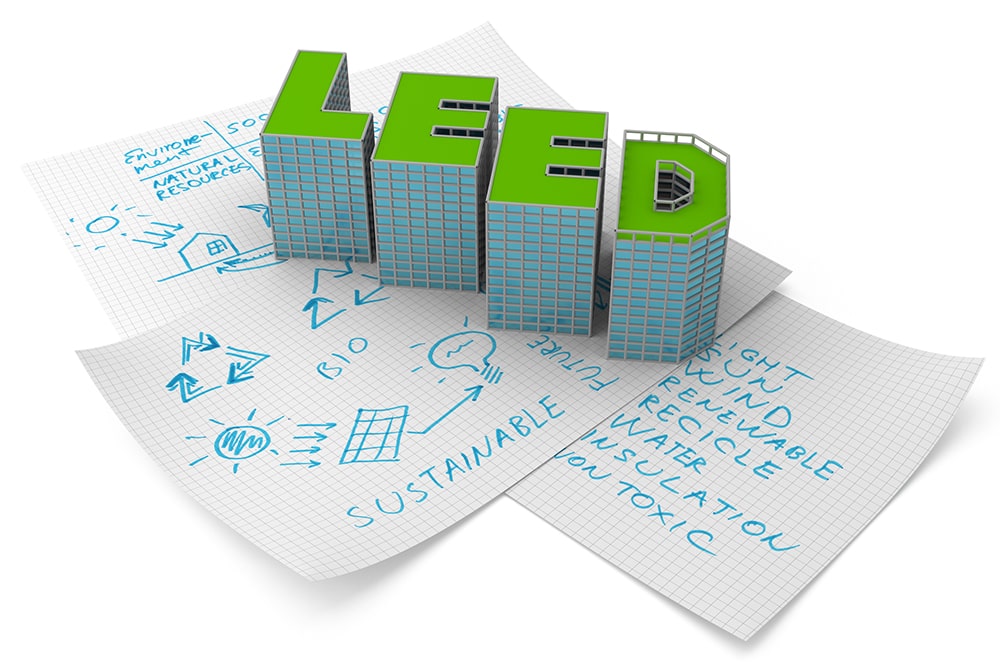Reduced operating costs from increased energy efficiency.
Commercial buildings account for 18 percent of total U.S. energy consumption and contribute an estimated 15 percent of U.S. greenhouse gas emissions. When considered over a building’s 40–50-year lifespan, the energy-related environmental impacts of its operations dwarf the impact of energy and fossil fuels consumed during its construction. Reducing a building’s energy consumption has a major beneficial impact on the environment, a point not overlooked by the National Association of Real Estate Investment Trusts (NAREIT), which recognizes the significance of energy-efficient buildings through its environmental awards programs.
Energy consumption represents 30 percent of a typical commercial office building’s operating costs, making it the single largest controllable cost of operations. Improved energy efficiency has a direct and substantial payback for investors. For example, a 30 percent reduction in energy use (commonly achievable in the average commercial office building) can yield the equivalent of a 5 percent increase in Net Operating Income (NOI) and overall asset value. The EPA estimates that the 2,500 buildings that have earned the ENERGY STAR label for energy efficiency through 2005 save a combined $350 million on their energy bills, compared to similar buildings with average energy consumption.




